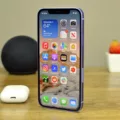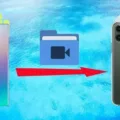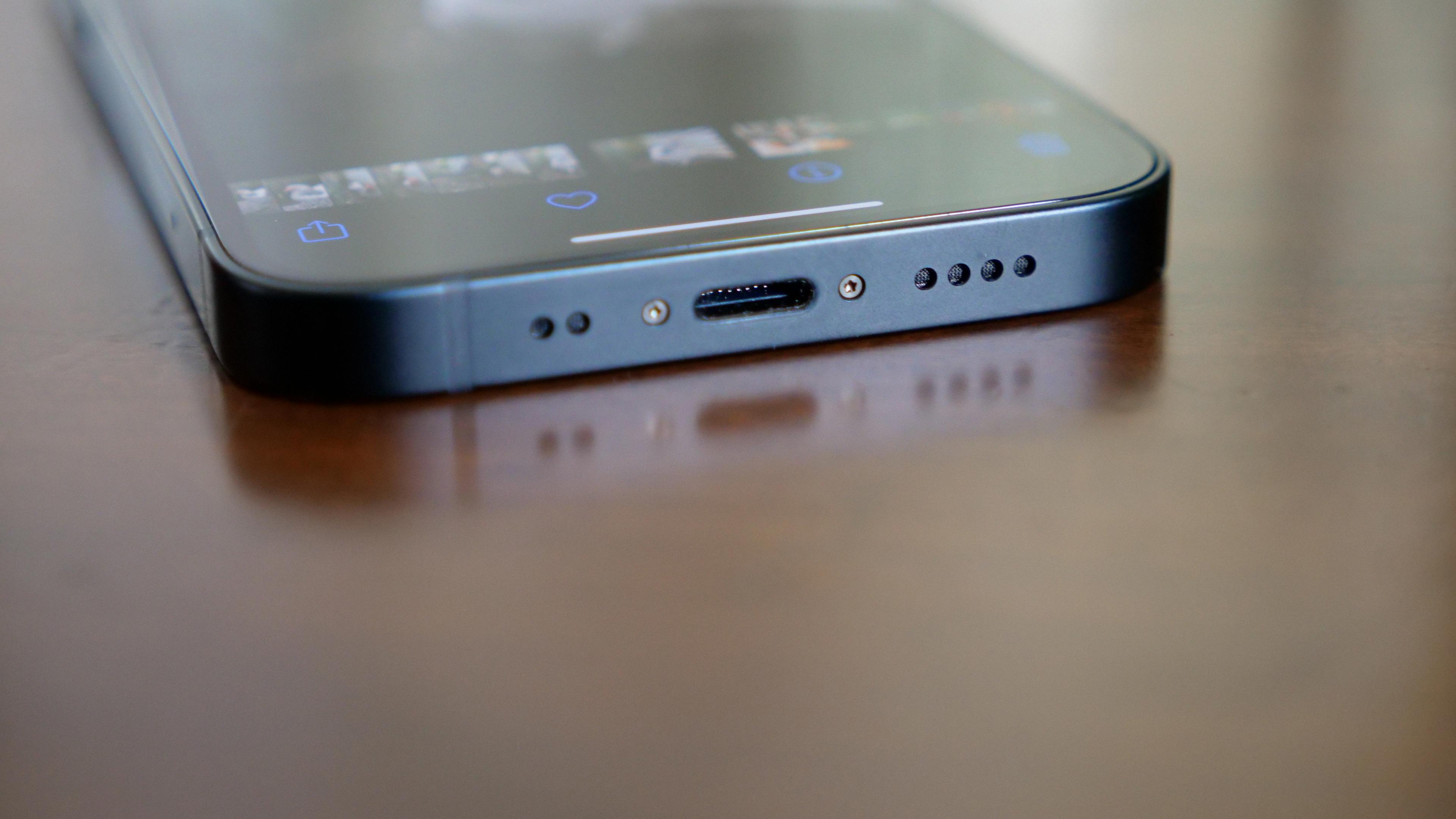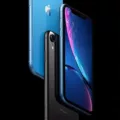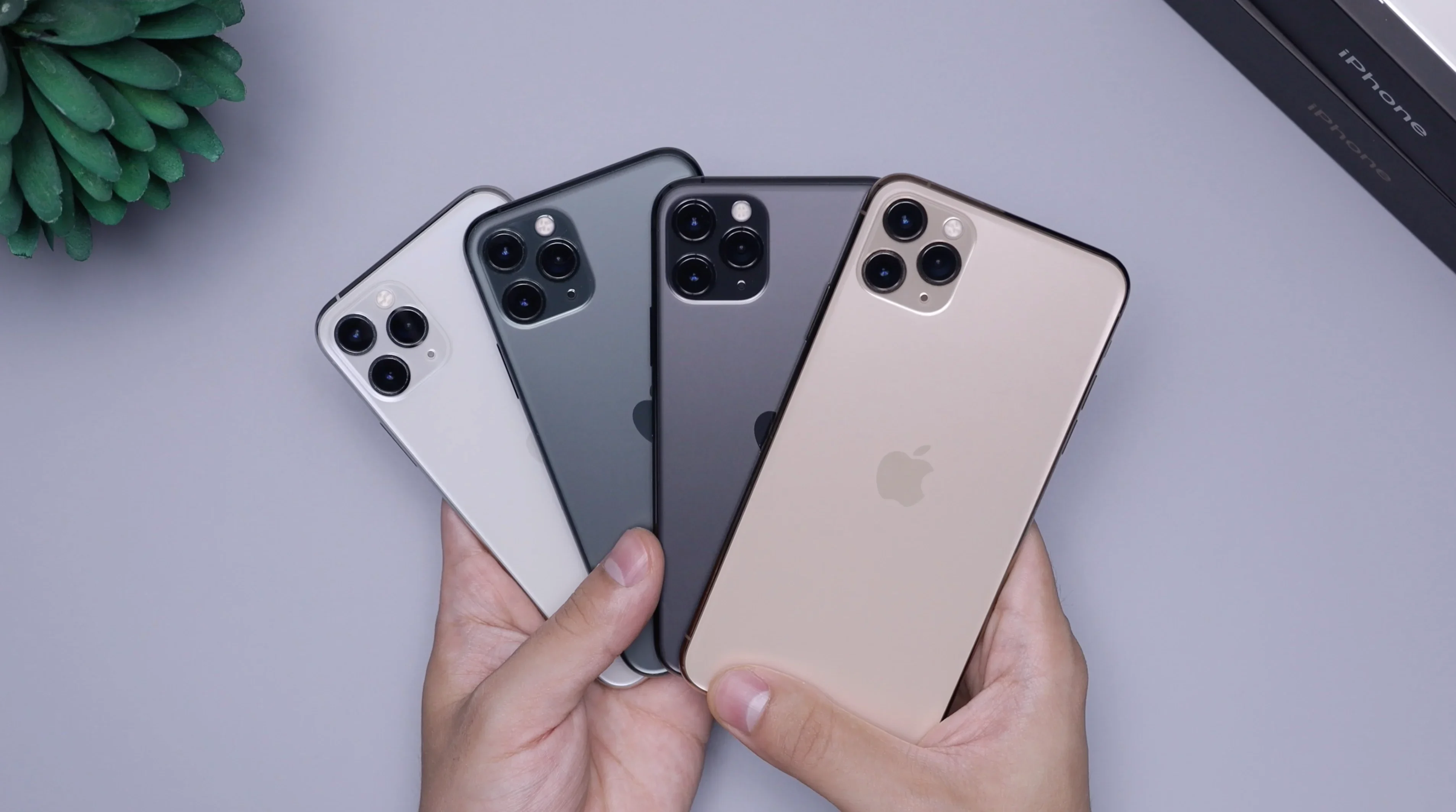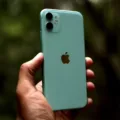If you’ve ever dropped your iPhone in the water, you know that it can be a stressful experience. However, there are steps you can take to minimize the damage and potentially save your device.
First and foremost, if your iPhone has been exposed to liquid, it’s important to unplug all cables and not charge your device until it’s completely dry. Using accessories or charging when wet might damage your iPhone. Allow at least 5 hours before charging with a Lightning cable or connecting a Lightning accessory.
If you’ve purchased a new iPhone in the last few years, then there’s a very good chance that it will be water-resistant, meaning it should happily survive short dips and the odd spilled beverage or two. However, this doesn’t mean that it’s completely waterproof, so it’s still important to take precautions if your device has been submerged.
To dry your iPhone, tap it gently against your hand with the Lightning connector facing down to remove excess liquid. Leave the device in a dry area with sufficient airflow. This will help to prevent water damage and potentially save your device.
It’s also worth noting that iPhone and most iPod devices are equipped with Liquid Contact Indicators (LCIs) that you can see from the outside. An LCI will activate when it contacts water or a liquid containing water. The indicator’s color is normally white or silver, but when it contacts water or a liquid containing water, it will turn fully red. This can be a helpful indicator to determine whether your device has been exposed to water.
Dropping your iPhone in water can be a stressful experience, but there are steps you can take to minimize the damage and potentially save your device. If your device has been exposed to liquid, it’s important to unplug all cables and not charge your device until it’s completely dry. Furthermore, leaving your device in a dry area with sufficient airflow can help to prevent water damage. By taking these precautions, you can increase the likelihood of saving your device and avoiding costly repairs or replacements.
What to Do if You Drop Your iPhone in Water
If you accidentally drop your iPhone in water, it is important to act quickly to prevent further damage. First, do not plug in any cables or attempt to charge your device as this may cause damage to the internal components. Instead, immediately turn off your device by holding down the power button until the “slide to power off” option appears, and slide it to the off position.
Next, remove any case or coverings from your device and dry it off as much as possible using a soft, absorbent cloth. Make sure to remove any water from the charging port, headphone jack, and any other openings. You can also gently tap your device to remove any excess water.
Allow your iPhone to air dry for at least 5 hours before attempting to charge it or connect any accessories. It is also recommended to place your device in a container filled with uncooked rice or silica gel packets to absorb any residual moisture.
After 5 hours have passed, plug in your device using a Lightning cable or connect a Lightning accessory to see if it is functioning properly. If your device is still not working, you may need to contact Apple Support or bring it to an authorized repair center for further assistance.
If you drop your iPhone in water, immediately turn it off, dry it off as much as possible, allow it to air dry for 5 hours, and avoid charging or connecting any accessories until it is completely dry.
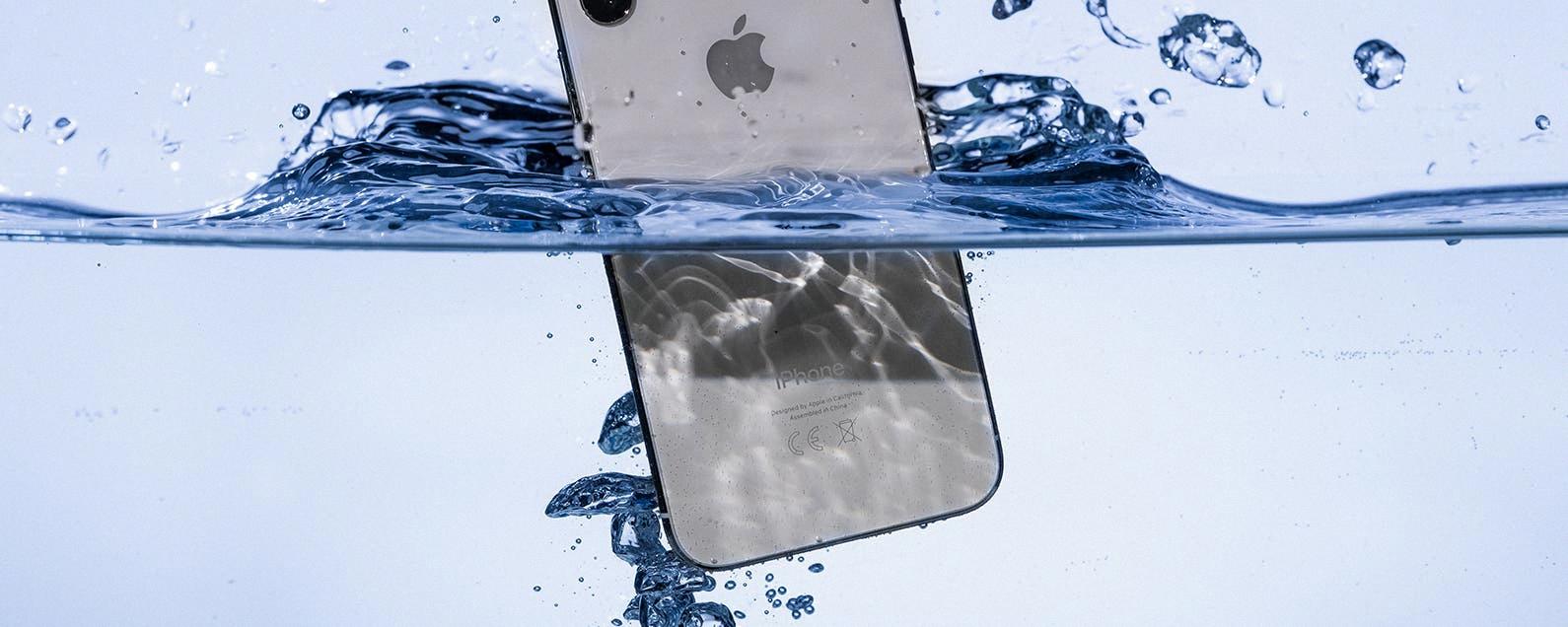
Can an iPhone Survive Water Damage?
If you’ve purchased a new iPhone in the last few years, chances are that it is water-resistant. This means that it can withstand short dips and occasional spills. However, it’s important to understand that being water-resistant doesn’t mean being waterproof. If your iPhone is submerged in water for too long or exposed to too much water pressure, it can still suffer water damage. It’s also worth noting that Apple’s warranty doesn’t cover water damage, so it’s important to take extra care when using your iPhone around water. Here are some tips to help prevent water damage to your iPhone:
– Avoid taking your iPhone swimming or using it in the shower or bath.
– Keep your iPhone away from liquids and make sure to dry it off immediately if it does get wet.
– Use a waterproof case or a protective cover to add an extra layer of protection.
– If your iPhone does suffer water damage, don’t try to turn it on or charge it. Instead, turn it off and bring it to a professional for repair.
Drying an iPhone After Water Damage
If you have accidentally dropped your iPhone in water, it is important to let it dry completely before attempting to use or charge it. Apple recommends allowing at least 5 hours before charging or connecting a Lightning accessory to your wet iPhone.
To dry your iPhone, first, turn it off and disconnect it from any power source. Next, gently tap the device against your hand with the Lightning connector facing down to remove any excess liquid. It is important to avoid using a hairdryer, microwave, or any other external heat source to dry your iPhone as this can cause damage to the device.
Once you have removed any excess liquid, leave your iPhone in a dry area with good airflow. You can place it on a clean, dry towel or use a moisture-absorbing material such as silica gel packets to help speed up the drying process.
It is important to note that the length of time it takes for your iPhone to dry completely will vary depending on the extent of water damage and environmental factors such as humidity. It is better to err on the side of caution and allow your iPhone to dry for longer rather than risk further damage by attempting to use or charge it too soon.
Signs of Water Damage on an iPhone
Water damage on an iPhone can manifest in several ways. Some of the most common signs of water damage on an iPhone include:
1. The device won’t turn on: If the iPhone has come into contact with water, it may not turn on at all. This is often a sign that the water has damaged the internal components of the device.
2. The screen is flickering or distorted: Water damage can cause the iPhone’s screen to flicker or display distorted images. This can make it difficult or impossible to use the device.
3. The buttons are not working: If the iPhone’s buttons are not working correctly, it could be a sign of water damage. This may include the home button, volume buttons, or power buttons.
4. The battery is draining quickly: Water damage can cause the iPhone’s battery to drain more quickly than usual. This is due to the internal components not functioning correctly.
5. The camera is not working: If the iPhone’s camera is not working correctly or at all, it could be a sign of water damage. This may include blurry or distorted images or the camera app not opening at all.
6. The device is overheating: Water damage can cause the iPhone to overheat due to the internal components not functioning correctly. This can be dangerous and should be addressed immediately.
If you suspect your iPhone has come into contact with water or any liquid containing water, it is important to take immediate action. Turn off the device and do not attempt to turn it back on until it has been inspected by a professional.
Conclusion
Dropping your iPhone in water can be a distressing experience, but it’s essential to remain calm and take the necessary steps to prevent further damage to your device. As soon as you realize your iPhone has been exposed to liquid, unplug all cables and do not attempt to charge it until it’s completely dry. Using accessories or charging when wet might damage your iPhone, so it’s crucial to allow at least 5 hours before charging with a Lightning cable or connecting a Lightning accessory. Additionally, to dry your iPhone, tap it gently against your hand with the Lightning connector facing down to remove excess liquid and leave it in a dry area with sufficient airflow. Remember, most iPhones and iPod devices are equipped with Liquid Contact Indicators (LCIs) that turn fully red when they come into contact with water or a liquid containing water. So, if you notice that your LCI has turned red, it’s important to take your iPhone to a professional repair service to assess the damage and ensure your device is fully functional.

